A threat of 25 percent tariffs on an exhaustive list of commodities from China, known as “List 4,” was introduced earlier this year. More recently, that threat has turned into a plan for 10-percent tariffs on the same list. List 4 tariffs are set to be implemented on September 1.
These new tariffs are especially problematic for international supply chains because they encompass a full gamut of products ranging from metals and machinery to chemicals used in food products, beverages, pharmaceutical, personal care items, and more. The list also includes apparel and footwear, which could be devastating for retailers and consumers alike, as the added cost will likely force retailers to defer some of the price hikes directly to consumers.
Adding to the shock is the fact that President Donald Trump alluded to positive trade talks during the G20 Summit in late June, and the presumably negative impact these tariffs would have on much of his support base so close to election time. The drop from 25 percent to 10 percent provides marginal relief, but the uncertainty surrounding the Trump administration’s decision-making processes works to negate any positive feelings about trade with China in the near future. As a result, many supply chains are turning to solutions outside of China—in Southeast Asia, specifically—in an effort to skirt the hit altogether.
The following was originally published in the CAF Worldwide Quarterly Forecast. Download the PDF
It’s important to recognize that supply chain shifts away from China were already in the works, yet on a less-immediate time frame. Companies were already moving out because trade there was getting expensive with or without new tariffs. Now, however, for supply chains to continue operating within budgets, there is no choice but to look outside its borders—an urgency propelled by the constant threat of tariffs. Trump’s trade war is simply creating an environment where the inevitable is occurring sooner rather than later.
At CAF Worldwide, we’ve had several customers who’ve already moved small pieces of their supply chains to Cambodia, Vietnam, or Bangladesh, depending on their commodities. Longer-term, we’re talking with supply chain managers who will be moving as much production as they can—again, depending on the commodity.
The key for these supply chains right now is to pay close attention to their service providers. What we’re seeing is an eagerness to move supply chains around, but an uncertainty about where exactly to go. If you’re using a freight forwarder out of China and now trying to work in Central America or Southeast Asia, that provider might not be the best choice for you.
Oftentimes, importers work within very specific niche markets, so we’ve also had people reaching out to us looking for capacity within these. We anticipated this. Everybody is moving their suppliers to other markets, where they don’t have a lot of contacts, so they’re struggling with unprecedented issues pertaining to space. Many forwarders work exclusively out of China and the United States. If you are going to work with one of these forwarders that has no infrastructure within the markets you are trying to break into, you are going to struggle—there’s just no two ways about it.
That’s not to say these forwarders are incompetent. Most still in business today following the major shakeout during the last decade and hyper-competitive markets of recent years are more than capable, but forwarders have decidedly distinctive strengths. For example, while one may be fantastic in China, if you move to Vietnam, it might not have a good office there, might not have contracts there, might not have enough volume there. That makes it difficult to provide the same level of service. It’s not to say it’s not a good company, it’s just that certain lanes may not be in their wheelhouse, so to speak.
Bangladesh, for instance, is one of the most difficult markets in the world, logistically, but its labor costs are significantly cheaper than in China, and the country is known to produce high-quality goods—cotton, specifically. If you do not work in Bangladesh, and you have a client who moves there, you’re not going to be successful right away. Cambodia is similar in that way. Its infrastructure leaves much to be desired, and the same can be said of its port systems. All other things being equal, if you do not know the right people or have the right contacts, it can be very challenging, if not downright defeating.
We Can Help
CAF Worldwide boasts more than 25 years of experience trading in Southeast Asia, underpinned by key relationships in Bangladesh and Cambodia, and strong infrastructures in Vietnam and Thailand, as well as around the world. To find out more about how CAF Worldwide can help you improve your supply chain, give us a call today at 516-444-3700, or send an introductory email to info@cafworldwide.com.
For more information like this, subscribe to receive your issue of the CAF Worldwide Quarterly Forecast direct to your inbox.
Topics: Global Economic Outlook
CAF Worldwide has been a trusted leader in global logistics and freight forwarding since 1982, delivering tailored supply chain solutions with a focus on reliability, innovation, and customer-centric service. Specializing in industries such as apparel, footwear, and consumer goods, CAF offers comprehensive services including air and ocean freight forwarding, customs brokerage, intermodal transportation, warehousing, and RFID-based tracking. With a strong presence in Southeast Asia and Bangladesh, CAF ensures efficient, secure, and timely delivery for clients worldwide. Guided by core values of advocacy, loyalty, and integrity, CAF Worldwide is committed to advancing global trade through ethical practices and cutting-edge technology.

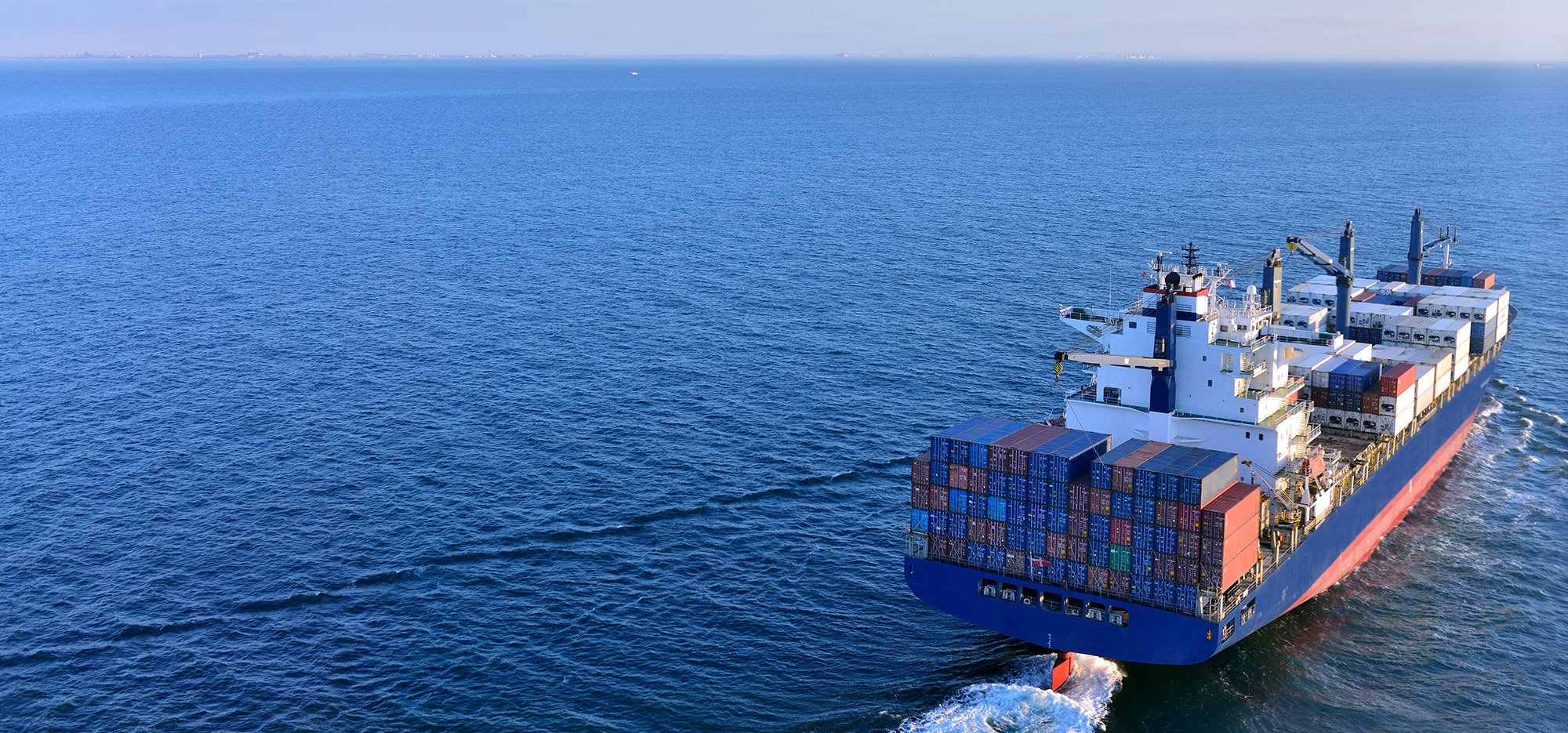
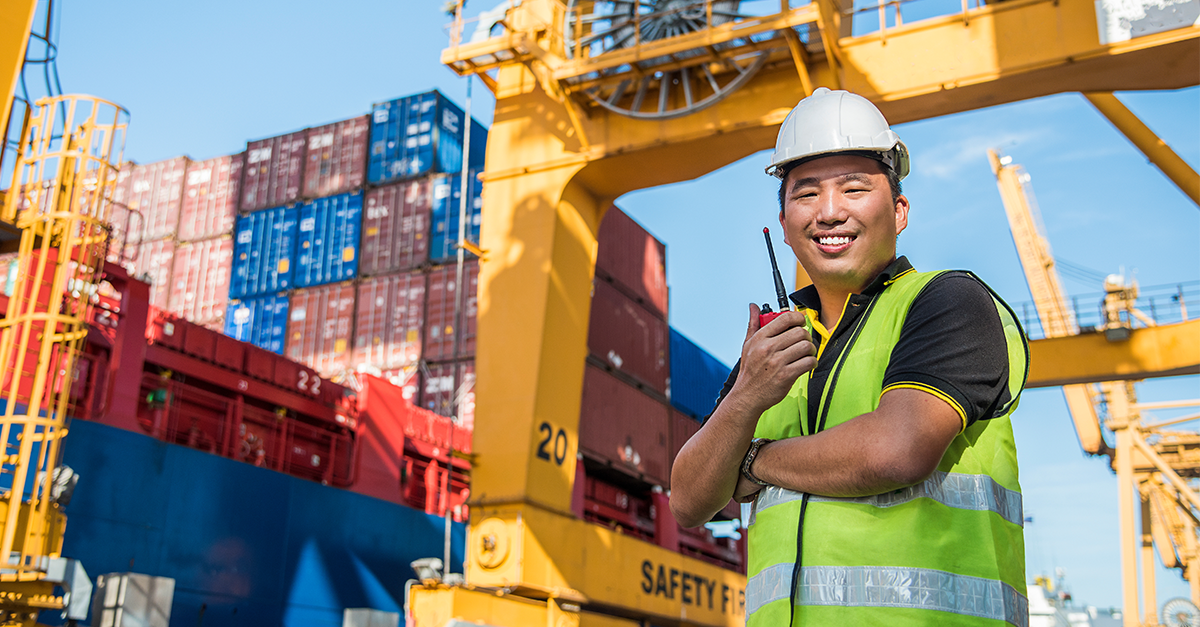
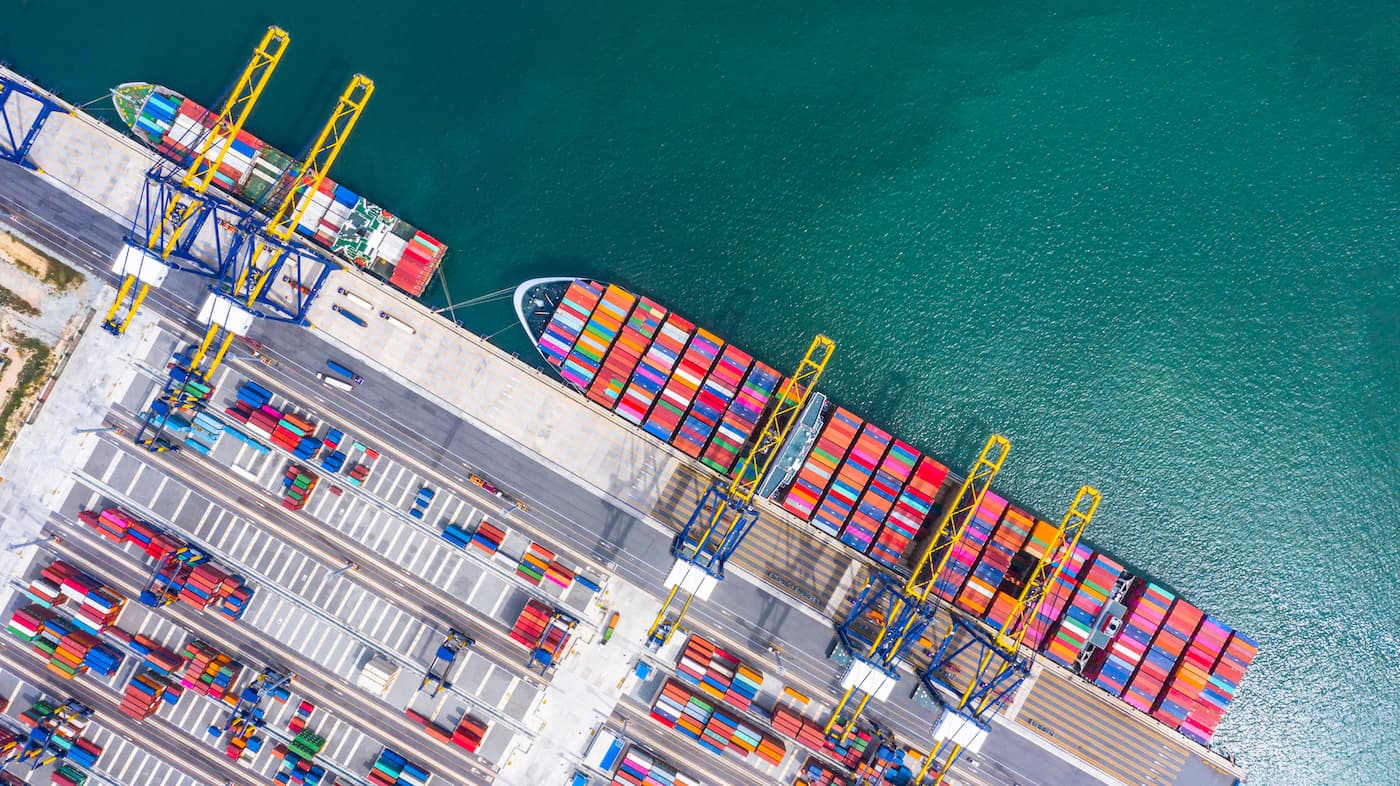
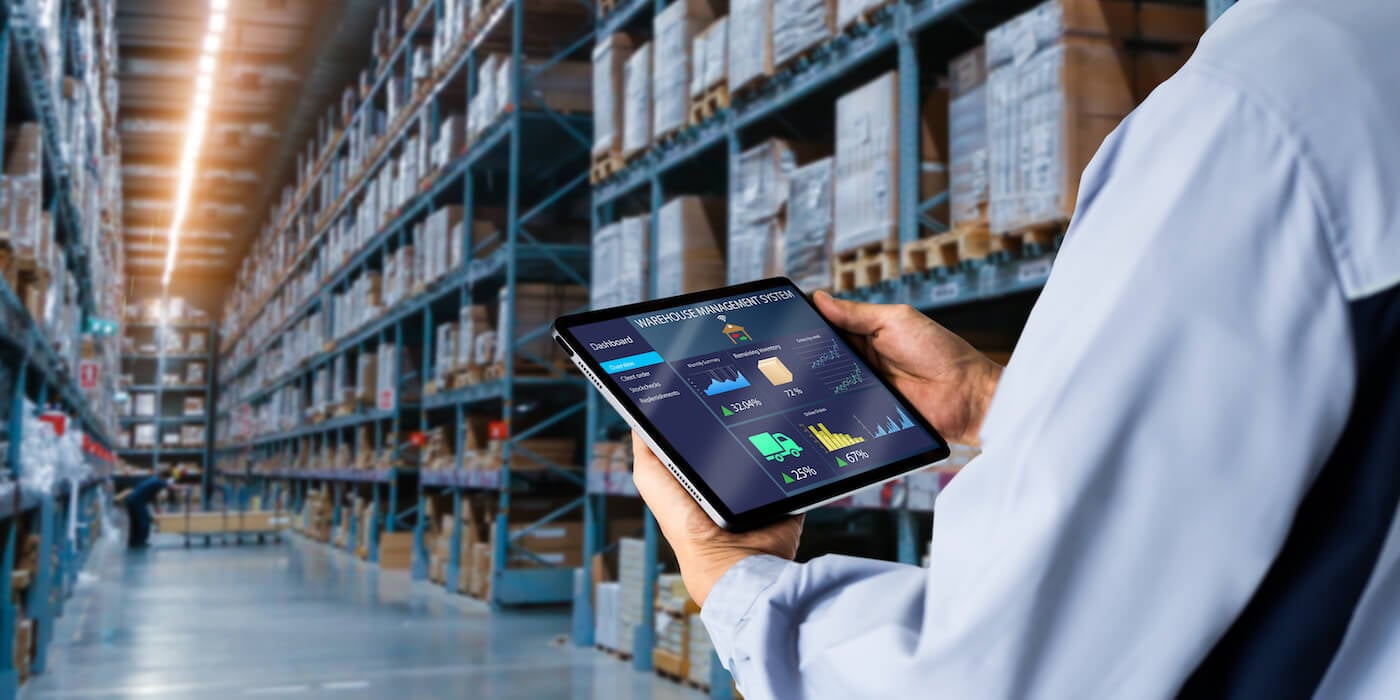
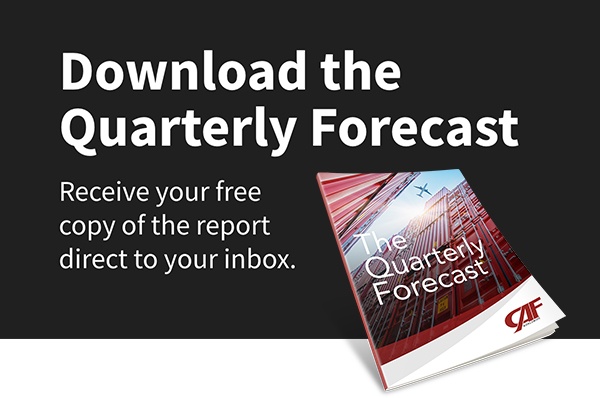

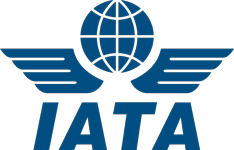





 Copyright 2025 CAF Worldwide. All rights reserved.
Copyright 2025 CAF Worldwide. All rights reserved.